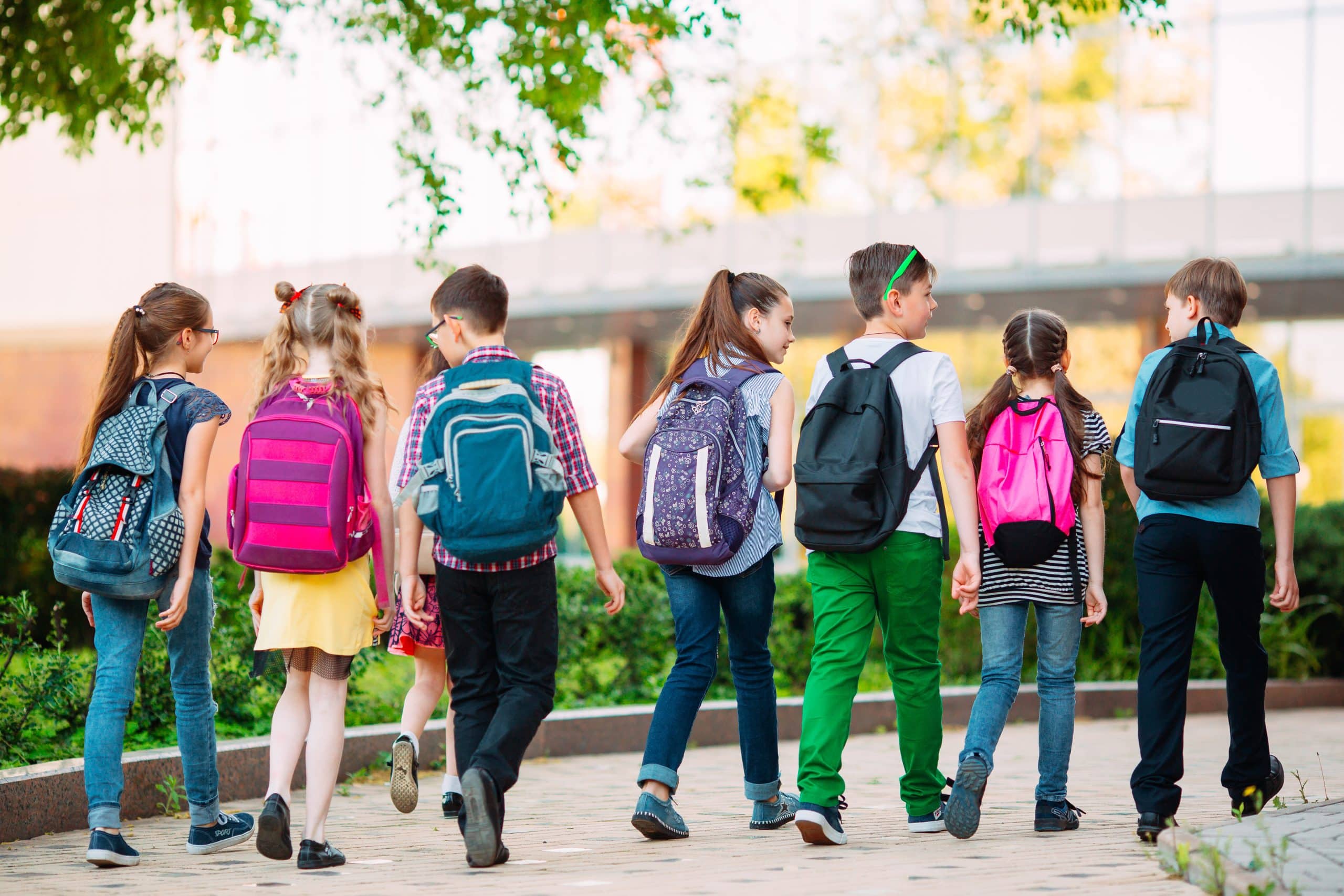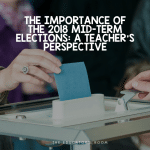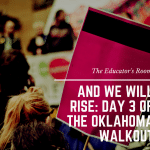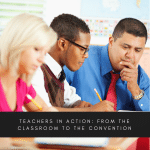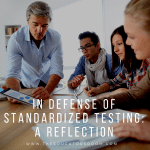I am a bit of an eavesdropper. When I hear the word school uttered in a conversation near me, I perk up. Like a prairie dog popping out of its hole, my neck lengthens, and I turn my head towards the speaker.
My nosey nature concerning talk of education has led me to two observations:
- A majority of parents are deeply unhappy with their children’s school environment.
- A minority of parents accept that their children’s schools are mediocre.
These overheard conversations include dissatisfaction with both private Catholic schools and various sized public schools. In the Central New York community for which I am a native daughter, there is a sense of the Great American School Shuffle. Parents of my generation are struggling to find schools that meet and exceed their expectations.
This dissatisfaction is also very costly. My hometown, centered around Syracuse, NY, has average school property and school taxes in the thousands, sometimes tens of thousands of dollars. We are investing in public education, and we want more for our money. The search for more satisfaction is expensive. The average cost of tuition for a respected open-enrollment public high school is $10,000. The cost of a private elementary or secondary school ranges from $5000-$20,000.
However, a child only gets one ride through school. That experience can be a source of fond memories or the reason adults seek out mental health therapy. A school environment can foster community, connection, and involvement. Or, a school can cause isolation, shame and a loss of efficacy–destroying a child’s sense of self.
There is universal agreement on primary complaints I have heard (both by being nosey and in real conversations with people):
- Administrators do not consistently provide effective discipline for disruptive students.
- Children are not writing enough, especially in social studies and sciences.
- Students are meeting low expectations for mediocre work, including a low level of knowledge.
Parents with the complaints mentioned above view their child’s school negatively. Parents do not want an educational setting where disruptive students are consistently impacting the learning of their child. Disruption is not violence, no that would be handled. The climate of the classrooms in these schools is one of low-level distraction. The focus is less on learning and more on attention-seeking behavior by a few students to the detriment of the rest. Its an undercurrent of student disrespect that bubbles up to create hostility. The kids who behave appropriately resent the disrupters. The teachers who try as they might to engage students are thwarted by negative student behavior. This pattern becomes the norm, and the school earns a reputation as either “bad” or “meh.”
A negative (bad) or a flat-soda (meh) perception of one’s local school or chosen institution is infectious. The symptoms of the disease include:
1. Low academic expectations.
2. Ineffective disciplinary techniques.
3. A climate of frustration and survival.
These three symptoms feed on each other and metastasize. Ineffective administrators handcuff teachers’ ability to remove students. Teachers’ lessons are perpetually interrupted, and learning is sporadic at best. Although there are exceptions, for the majority of students and teachers, the school day experience is painful.
[bctt tweet=”These three symptoms feed on each other and metastasize” username=””]
School issues like these mentioned above have no quick cure. Countless gurus and educational specialists have offered ideas to no avail. School reformers on both sides of the political aisle have been ineffective at elevating the quality of learning environments. The best parents can hope for is treatment in the form of changing schools. This change may include moving to another district or paying tuition for enrollment in private or public institutions.
Maybe today’s parents are searching for something bigger than what the schools can offer? Possibly our post-9/11, post-Columbine, post-Sandy Hook, post-Trump lives are too overwhelming. We are living in a time of anxiety and fear. Fear often breeds disorder. Schools are trying to contain, shape, and guide our most precious citizens. However, schools are also mirrors. Schools reflect communities.
The local school building is often the center of activity, where families spend countless hours. Parents desperately want their child’s thirteen years of education to be safe, challenging, and vibrant. Some parents, determined to be a change agent, run for a spot on the Board of Education, coach a sport or volunteer to organize activities and clubs. Other parents will attend the Board of Education Meetings and meet with the school leaders to address concerns. Parents are trying to support the teachers and administrators. What we ask in return is that our children receive the best the adults have to offer. Until then, we will vote with our feet.
